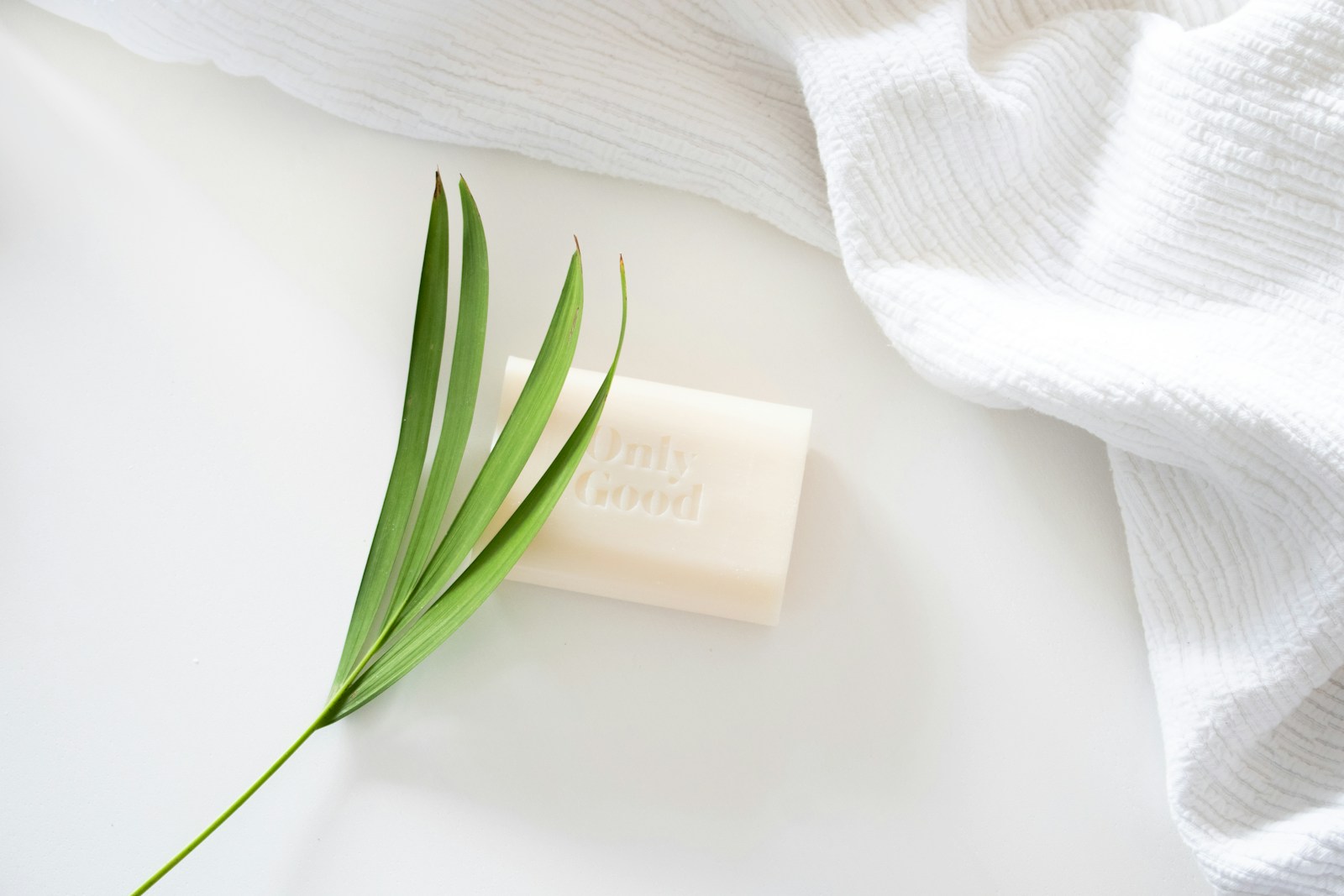Making your own soap can be a rewarding and creative experience. Whether you are looking to elevate your gifting game or simply indulge in a new hobby, soap making is a fun and practical skill to learn. By crafting your own scented soaps, you can personalize your creations to suit your preferences and those of your loved ones. In this guide to soap making, we will provide you with tips and tricks to help you get started on your soap making journey.
One of the first steps in making soap is gathering the necessary ingredients and equipment. The key ingredients for soap making include oils, lye, and water. You can choose from a variety of oils such as coconut oil, olive oil, and shea butter to create different textures and properties in your soap. Lye, also known as sodium hydroxide, is an essential ingredient that reacts with oils to create soap. It is important to handle lye with care, as it can be caustic. Make sure to wear protective gear such as gloves and goggles when working with lye.
Once you have gathered your ingredients, it is time to start the soap making process. The first step is to measure out your oils and heat them to the desired temperature. Next, mix your lye with water in a well-ventilated area, being careful to avoid inhaling the fumes. Once both the oils and lye mixture are at the right temperature, you can combine them slowly while stirring continuously. This process is known as saponification, where the oils and lye react to form soap.
To add a personal touch to your soap, consider incorporating scents and colors. You can use essential oils, fragrance oils, herbs, or spices to create unique and aromatic soaps. Be sure to test your scents and colors in small batches before adding them to your entire batch of soap. This will help you avoid any unwanted surprises and ensure that your final product meets your expectations.
After mixing in your scents and colors, you can pour the soap mixture into molds to set. Silicone molds are a popular choice for soap making, as they are flexible and easy to clean. Once your soap has hardened, you can unmold it and cut it into bars or shapes of your choice. Allow your soap to cure for several weeks to ensure that it is firm and long-lasting. During this time, the soap will continue to harden and the excess water will evaporate.
In conclusion, making your own soap is a fun and creative way to elevate your gifting game. By following this guide to soap making and experimenting with different scents and colors, you can create personalized soaps that are perfect for gifting or pampering yourself. Whether you are a beginner or an experienced crafter, soap making is a versatile and enjoyable hobby that allows you to express your creativity and make unique products. So why not try your hand at making soap and see where your creativity takes you?




